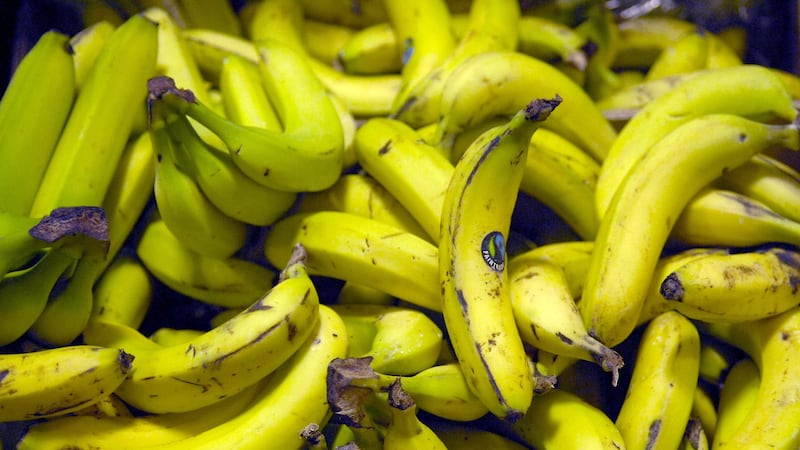Designer and BBC gardening broadcaster Juliet Sargeant is teaming up with Disney to create The Lion King Anniversary Garden at next month’s RHS Hampton Court Palace Garden Festival to mark 25 years of the award-winning West End musical.
The show garden will be filled with vibrant, drought-tolerant flowers and dusty red soil planted with grasses reflecting Pride Lands, and hopefully spark creative ideas on how to add drama and a sense of theatre to your own outdoor space.

“It’s a great opportunity to give people ideas for their own gardens, particularly people who’ve got sunny plots with sandy or free-draining soil and struggle to keep moisture in their gardens,” says Sargeant. “It’s also quite a theatrical space with drama and impact.”
Here, she offers some tips to add drama to your own garden.
Use bright fabrics
“We often think about colour as coming from the plant, but for additional impact – and at times of the year when the garden isn’t flowering so much – use outdoor fabrics.
“There are many more outdoor (weather-resistant) fabrics to choose from, with a complete range of prices. Think about adding colour and usefulness with outdoor fabrics. I see no reason why you can’t have hangings and drape things around your garden to give extra colour and impact.
“I probably wouldn’t drape outdoor fabric under trees, where they are going to get mucky, but they will be fine in an indoor/outdoor courtyard space.”
Blend colours
Consider the colour of fabric you might use – will it match the colours of your plants or newly painted garden furniture? Are the outdoor cushions going to blend in with your container planting?
“People go to the garden centre and think, ‘Oh, I like that cushion’ and ‘I like that plant’ but they don’t really think of it all as one. Consider it an ensemble and whether the tables, chairs, fabrics and painted wall colours work together.”
She also suggests choosing fabrics which incorporate dashes of colour which will work with your planting plans as the seasons change.
“For example, if you are changing from daffodil yellow in the spring through to purples and pinks in the summer and oranges and reds in the autumn, choose a fabric that will work with those or has flecks of the different colours, which acts as a linchpin to the whole composition.
“If you go with peaches or apricots, that would work well with soft yellow tones in the spring, purple in the summer and oranges later on in the season.”
Add drama with outdoor screening
“Laser cut outdoor screens have become quite fashionable,” Sargeant observes. “You can have laser cutting either into metal or into composite material, but you can get the same sort of effect by stencilling. Instead of buying an expensive laser cut panel, you can stencil patterns on to your wall. It’s having the boldness to take some of the ideas that you would use for inside, outside.”
Let the music play
“We are using sound in The Lion King garden, but you could have outdoor speakers hidden among the plants in your own garden. They are expensive but the price is coming down as technology progresses, and you might just have one in a small garden.”
Be theatrical with statuary
“The cost of statuary varies a great deal but I encourage my clients to go to local art fairs, because you can pick up a bargain by a local artist and are supporting local talent.
“You get lots of metalworkers who produce relatively cheap metal sculptures and simple things with a spike that you can just stick in the ground among planting. I love the idea of having forms poking out through the planting, particularly when you have an ephemeral plant like a grass.”
Exterior glass can also be a dramatic showstopper, she suggests, where glass pieces can be put among leaves and made to look like flowers.
“Lots of glass artists do that kind of thing, where you’d have a swirl of blue or red, which catches the light in a lovely way.”
Make planting dramatic
“The main thing with drama in planting is to be bold and to group your plants, “ she suggests. “In England, we’re a bit nervous about having too many of the same plants, but I always either have groups of three or five plants, and repetition – repeating the same plants around the garden.
“Where most people would put one plant, we plant three of the same variety quite close together. And when we prune them, we do it as one plant. We’d repeat that plant – or at least the same colour – through the garden.
Give your pots power
“Use layers of planting. For example, if you have a shrub in a pot, plant other things around the base and have things falling over the edges, and also plant bulbs underneath which will come through, maximising your opportunity.
“Think of painting the pot itself. I often buy galvanised steel planters and paint them.
“Also, think tall. Have a tall grass or shrub or an obelisk with a climber in a pot. If you have a group of pots you need height, the same as you would in a flowerbed.”
Also, go for one big pot rather than four smaller ones if you want more drama, which even gives you the opportunity to plant a tree if you haven’t much space, she suggests.
“The pot itself becomes a sculptural feature and gives you more opportunity to grow a big plant with a significant physical presence.”
Less is more with lighting
“If you are strategic in the way you use lights, it’s better for wildlife and light pollution, but you can pick out the features you really think are worth emphasising.
“I’m a sucker for festoon and fairy lights, which we use a lot over pergolas and arches, and are relatively easy.”
RHS Hampton Court Palace Garden Festival runs from July 2-7. For details visit rhs.org.uk








